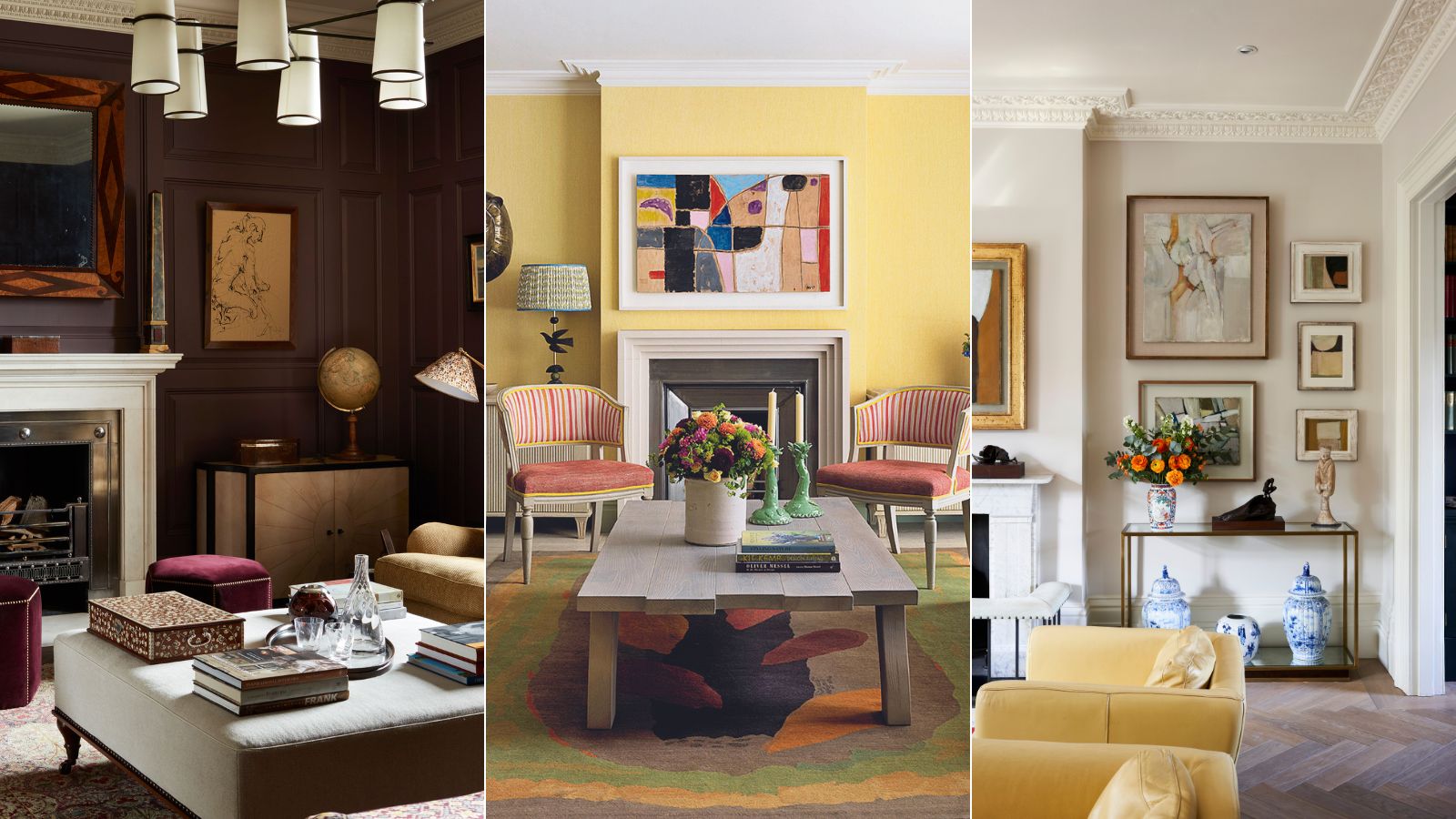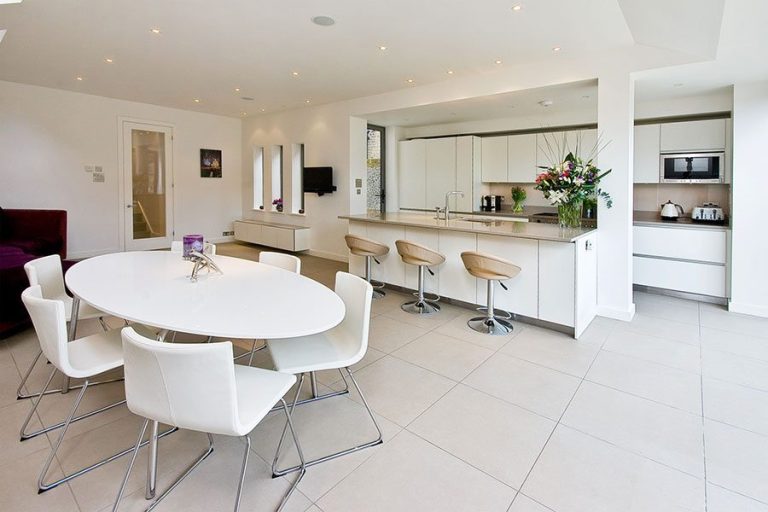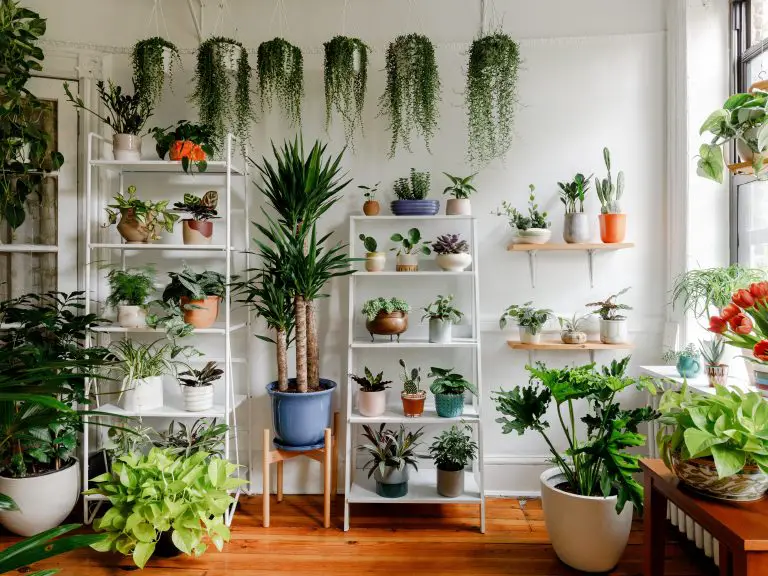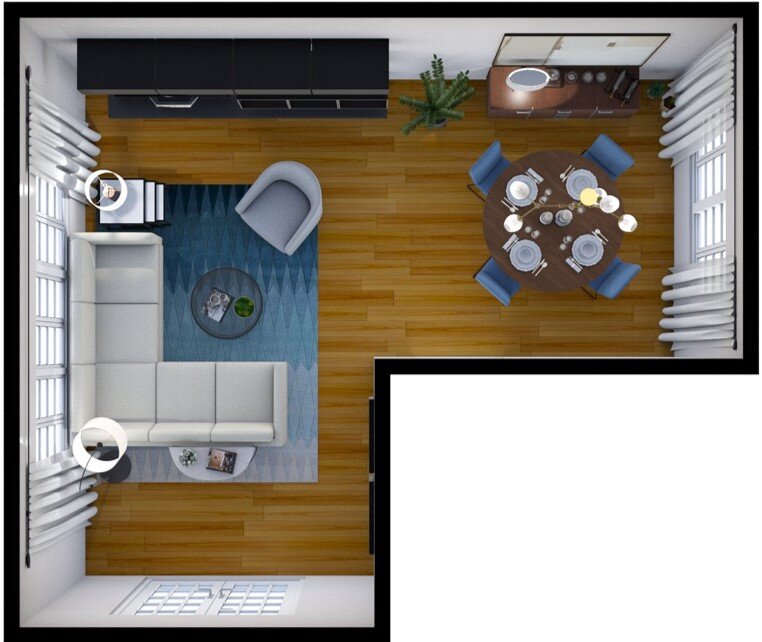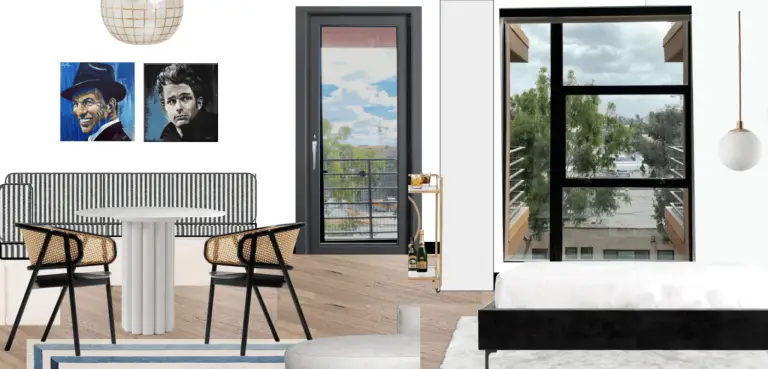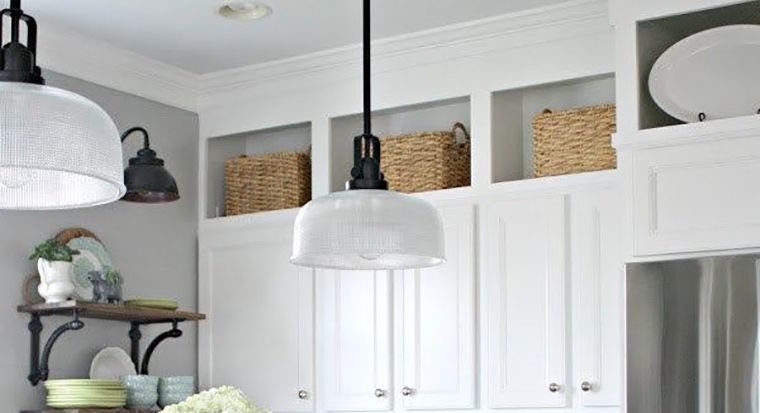What Colour goes well in the living room?
When considering what color to use in your living room, there are a few things to take into account. The color you choose will depend on the style of your home, the other colors in the room, and your personal preferences. Generally, lighter colors create a calming atmosphere, while brighter colors create a more energetic environment. Neutral tones like white, beige, and grey are popular choices, as they work with any type of decor. If you want to add a bit of color, opt for shades of blue, green, or yellow. These colors can be used as accents in pillows, rugs, or artwork to add a pop of color to the room. No matter what color you choose, the key is to make sure it complements the other colors in the room and fits your personal style.
Choosing a Color Scheme for Your Living Room
When it comes to decorating your living room, color is one of the most important elements. It can set the mood and atmosphere of the room, making it a warm and inviting space for you and your guests. Choosing a color scheme for your living room can seem daunting, but it doesn’t have to be. With the right tips and tricks, you can easily find a color palette that works for you and your home. Start by looking at the existing colors in the room and decide which ones you’d like to keep. Then, look at the color wheel to find coordinating hues that will bring the room together. Consider using different shades of one color to create a subtle yet sophisticated look, or go bold with a mix of complementary colors. With a little creativity and know-how, you can easily find the perfect color scheme for your living room.
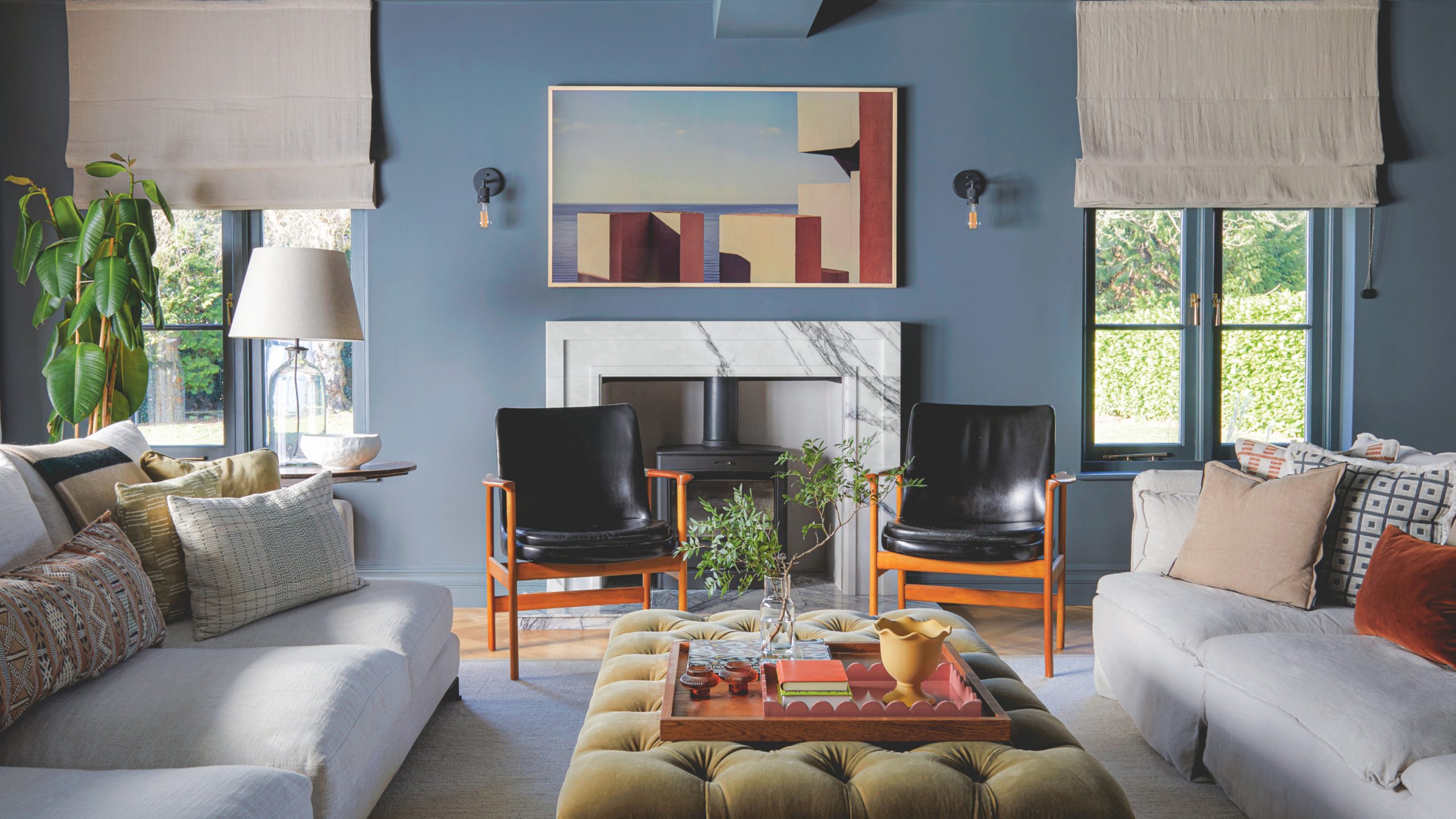
Credit: www.livingetc.com
How to Incorporate Color into a Living Room
Adding color to your living room can be a great way to bring life and personality to the space. With the right color scheme, you can create a cozy, inviting atmosphere for family and friends to relax and enjoy. To incorporate color, start with the basics: select a wall color that creates the mood you’re after, and then build the room around it. Consider accessories like throw pillows, rugs, and artwork to incorporate pops of color that complement the wall color. When selecting furniture, look for pieces that feature colors from the wall color. Keeping the color palette consistent will help tie the room together and create an inviting space.
Color Psychology and the Living Room
The living room is the space that sets the tone for your home. It’s where you relax, entertain, and spend time with family. So why not make the most of it with color psychology? Color psychology is the study of how colors affect our moods, behavior, and emotions. For example, warm colors such as red, yellow, and orange can evoke feelings of energy and excitement. Cool colors such as blue and green can evoke feelings of calm and tranquility. By choosing colors that reflect the energy you want to create in your living room, you can create a space that is inviting and energizing or relaxing and calming.
Examples of Popular Color Combinations for Living Rooms
When it comes to living rooms, the color combinations you choose can make or break the look and feel of the space. For a stylish and inviting living room, try pairing colors like white, navy blue, and sage green. This combination will create a calming atmosphere that is perfect for entertaining guests or simply enjoying a peaceful evening at home. For a more vibrant and fun living room, try pairing bright colors such as pink, yellow, and turquoise. This combination will create a cheerful and energetic atmosphere that will be sure to liven up any gathering. No matter which combination you choose, a carefully selected color palette will elevate the look and feel of any living room.
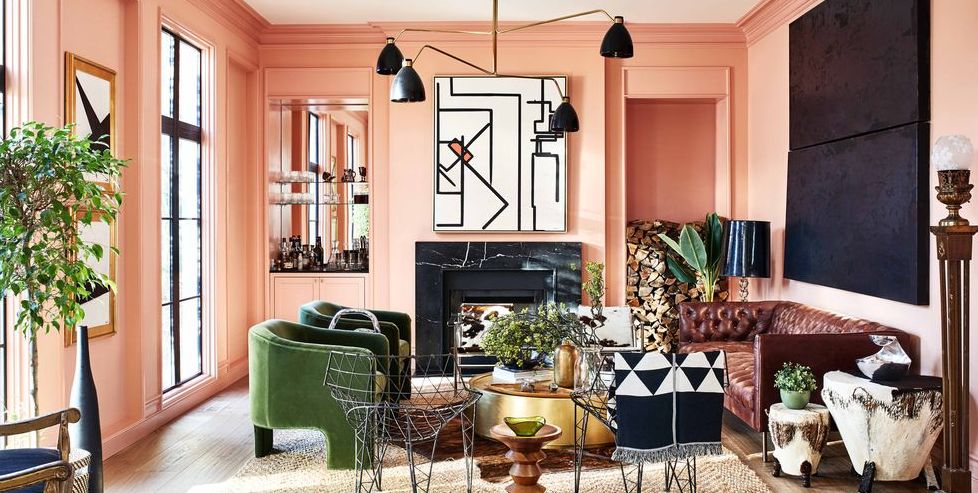
Tips for Decorating with Colors in the Living Room
Adding color to your living room is a great way to create a warm and inviting atmosphere in your home. With the right color scheme, you can create a space that is both stylish and comfortable. Here are five tips for decorating with colors in your living room:
- Start with a neutral color palette. Neutral colors, such as whites, greys, and beiges, provide a great foundation to build upon.
- Layer colors. Add a splash of color to your neutral palette with pops of bright colors. Use pillows, throws, and artwork to introduce color into your living room.
- Choose accent colors. Choose two to three colors that will be used as accents throughout the room. This will help create a cohesive look and feel.
- Mix textures. Mixing textures will help add depth and interest to your living room. Try pairing different fabrics and materials for a unique look.
- Keep it balanced. When incorporating different colors in your living room, make sure to keep the color balance in mind. Too much of one color can be overwhelming, while too little can make the room feel bland.
Understanding Lighting and Color in the Living Room
Lighting and color in the living room are essential for creating a comfortable, inviting, and stylish atmosphere. The right mix of lighting and color can make the room feel cozy and warm, while the wrong mix can make it feel cold and uninviting. Understanding the basics of lighting and color can help you create a living room that feels inviting and comfortable. Start by thinking about the type of lighting that works best for the space. Natural lighting, such as from a window, is a great way to bring in a cozy and inviting feel. You can also add artificial lighting such as lamps, ceiling lights, and wall sconces to create a warm and inviting atmosphere. Additionally, think about the color of the walls, furniture, and other items in the room. Warm colors like red, yellow, and orange can create an inviting atmosphere, while cool colors like blue and green can make the room feel more relaxing. Finally, consider texture and pattern in the room; texture and pattern can add visual interest and bring in a unique feel. With the right mix of lighting, color, texture, and pattern, you can create a beautiful and inviting living room.
Making Colorful Accessorizing Work in the Living Room
When it comes to accessorizing your living room, color is key! Not only do bright, bold colors add visual interest to the space, but they can also make the room look more inviting and inviting. By incorporating colorful accents such as throw pillows, rugs, wall art, and other accessories, you can create a vibrant atmosphere that will draw people in. Additionally, color can provide a great opportunity to add texture, pattern, and shape to your living room, making it a truly unique space. With the right color combinations and accessorizing, you can create a living room that stands out and expresses your personal style!
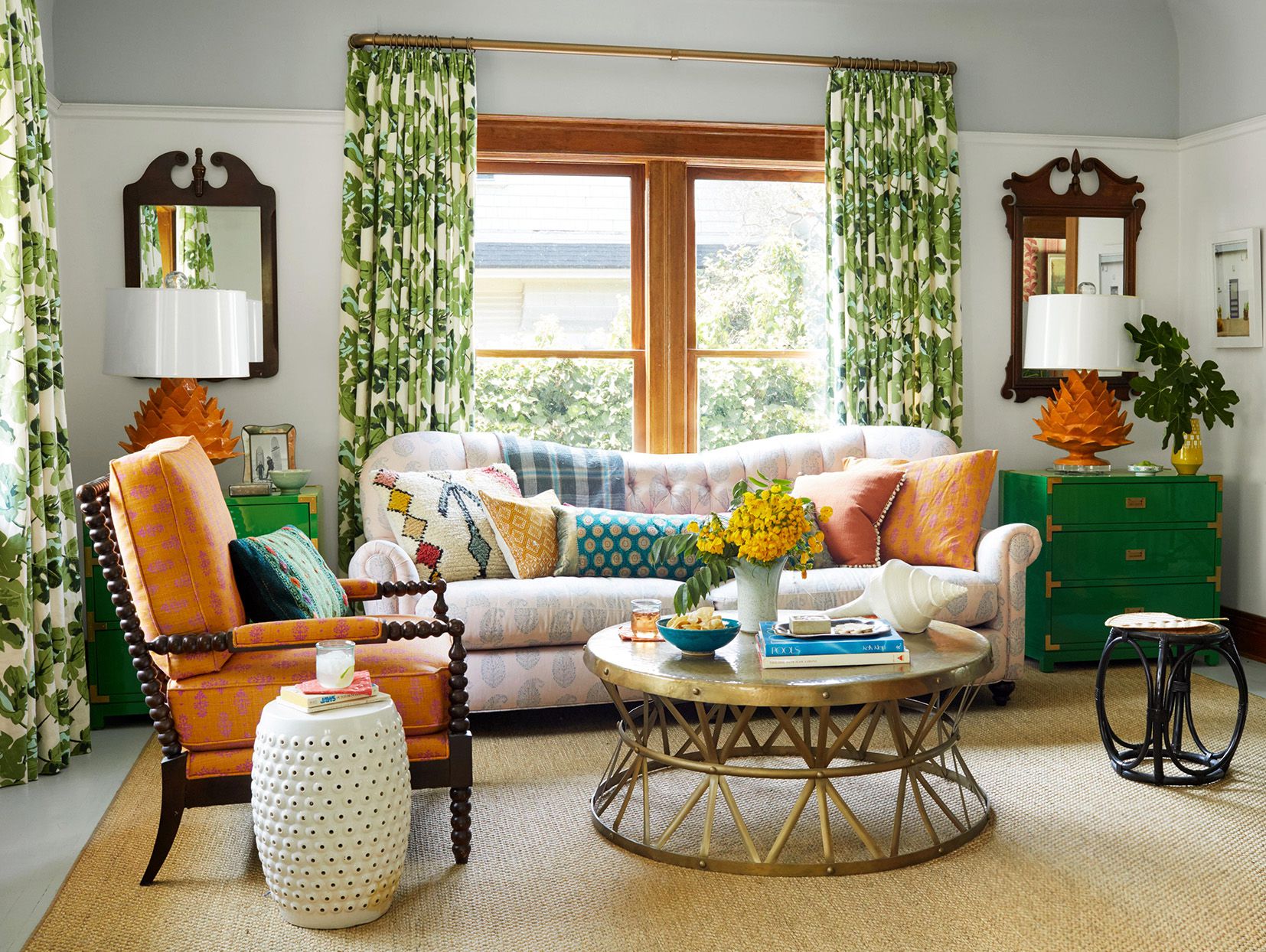
Credit: www.bhg.com
How to Incorporate Color Trends into Your Living Room
Incorporating the latest color trends into your living room can be a great way to give your home a modern, fresh look. With careful selection, you can take your living room from dull to daring with just a few simple strokes of color. Start by researching the current color trends to get an idea of what colors are popular. Then, pick out a few colors that you think will look good together and start experimenting with accents like pillows, furniture, and wall art. You can also add pops of color with window treatments, rugs, and other accessories. Don’t be afraid to mix colors, textures, and patterns to create the perfect living room that is sure to make a statement.
Conclusion
When selecting a color for the living room, the most important factor is personal preference. However, certain colors, such as neutrals, pastels, and earth tones, can create a calming atmosphere. Bold colors, such as reds, oranges, and yellows, can add a lively atmosphere to the living room. Ultimately, the color choice will depend on the desired atmosphere and personal style.
